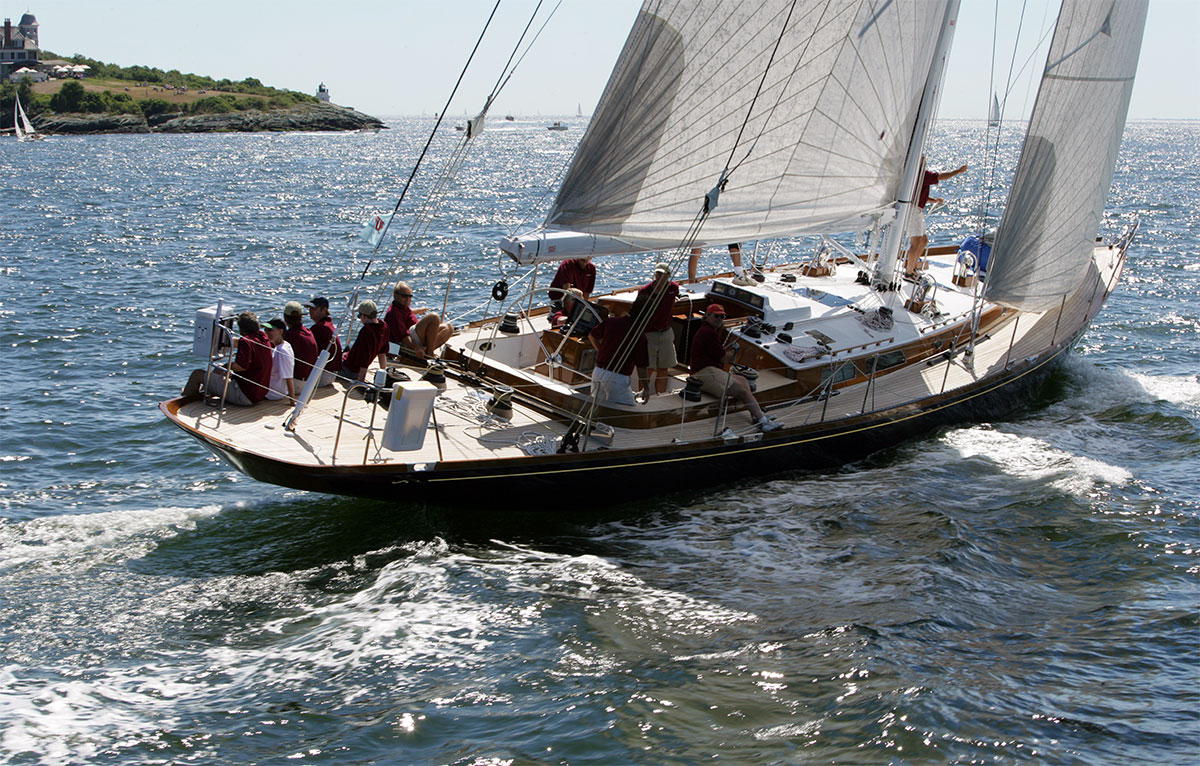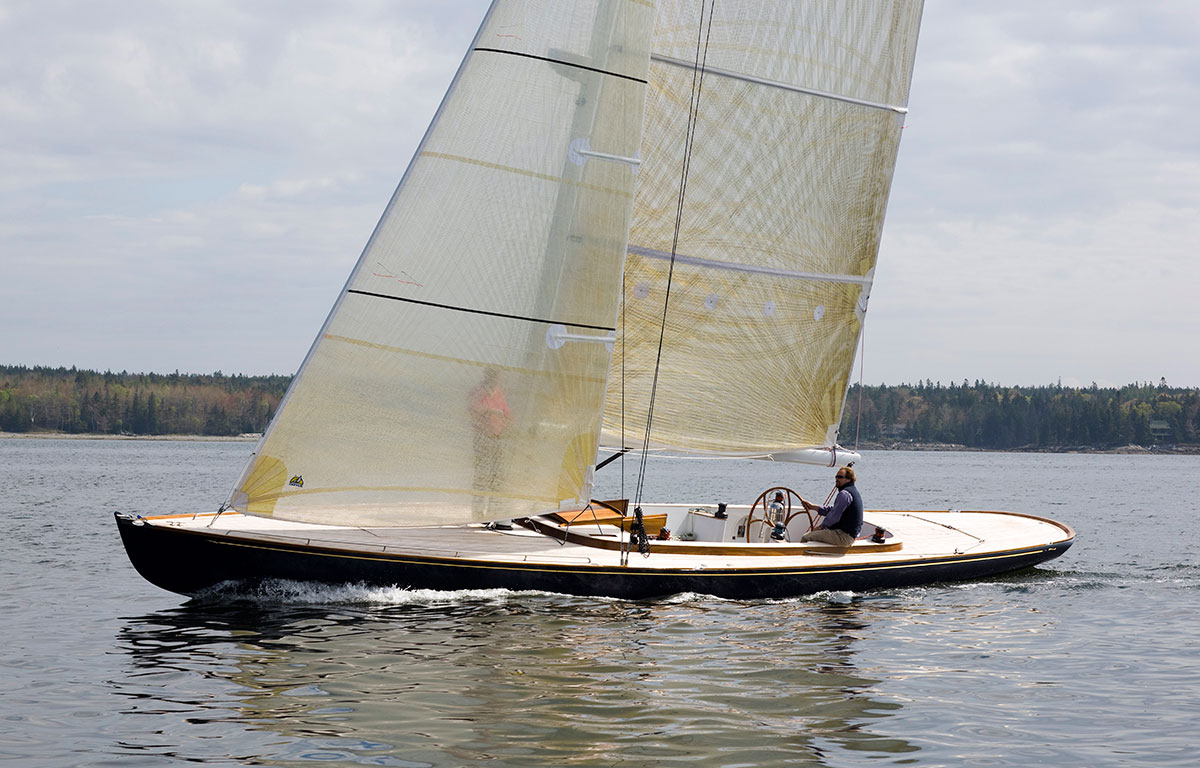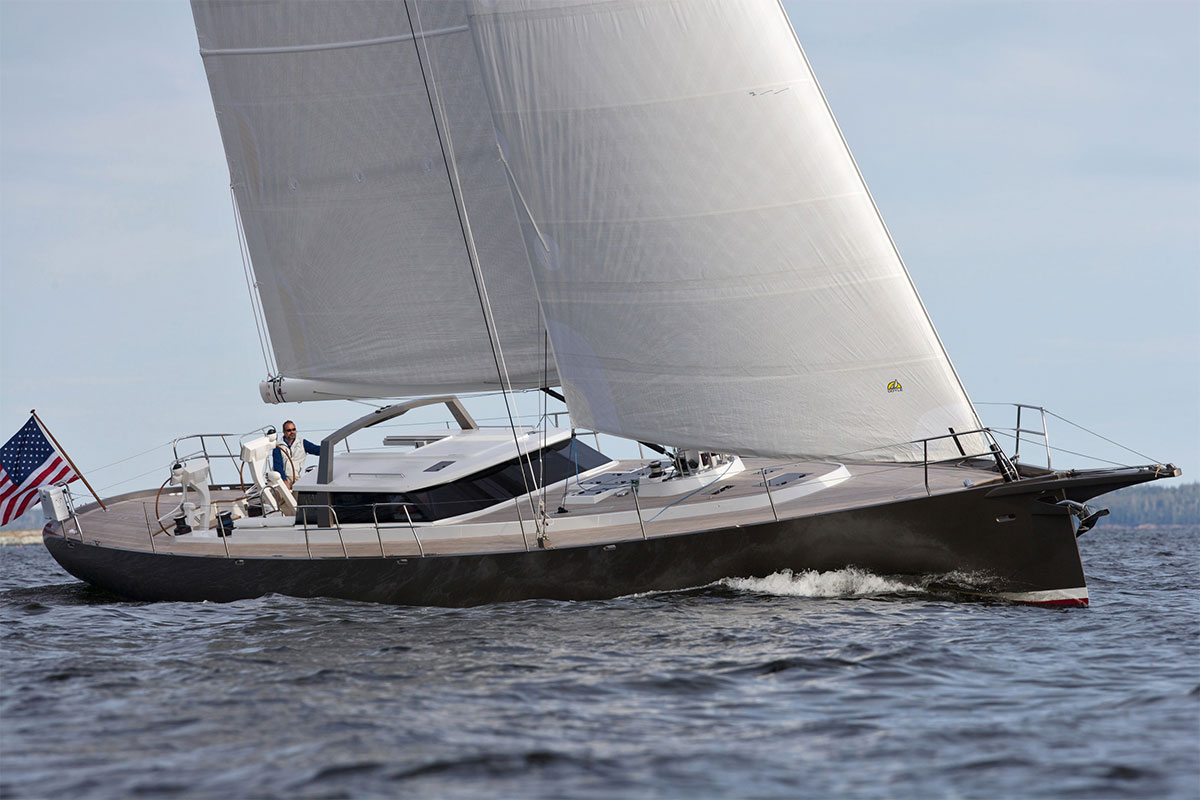Marine Engineering 108: Why on earth does anybody pay so much for a custom boat?
And now, the customer: All the elegantly engineered keels, retro-installed electric drives and superyacht-regatta winning hulls matter not a whit unless these yachty wonders wind up into a real, floating boat. And that real boat requires the near magical, impossible-to-design thing: A real customer. We’ve been working the yacht design wheels for nearly 60 combined years, and we know less now about where the good clients come from than when we started.

Where does the individual with the means, inclination and imagination come from to create a great boat? We have no idea. But it is impossible to overstate their value. Clients make the great boats. Not us. If you ever wondered why most production craft are a step or two off design wise, that’s why. Only the designers and builders are there to manage the debate that every vessel must make. With just ourselves to talk about it, a boat tends not to have the gumption to stand up and make the best argument for itself. It’s the good client that knows how to hold the best conversation.
To learn more about the fire and brimstone that mints good customers, we’ve spent the past 6 months or so chatting with one of our best: Richard Schotte. This mid-coast Maine-based, long-time sailor has hired us to design not one, but four boats: Lena, Goshawk, Ginger and Isobel. All of which win races, turn heads in harbors and always to lure us back to sail them — even though we should be back here at the desk doing real work.
Schotte patiently answered our questions as to why he makes boat after boat; what he learns as he pieces through the naval errata of displacement-to-length ratios and centers of effort; and what he nets from his investing passions in custom boats.
We were as surprised with his comments as we think you will be. We laid them out here, edited for length and layout. We’d love to hear your comments. Do you all agree? And it’s just that nobody bothered to tell us before?

You came to sailing relatively late in life, I understand?
Prior to 1996 I certainly was not a sailor. That year I chartered a sailboat with a captain for five days in Penobscot Bay, Maine. It was a wonderful experience for me and the others on board. One of the places the captain took us was to Brooklin Boat Yard, where I saw a drawing of the W-76 foot cold-molded sailboat that Joel White had designed and Bob Stephens had a hand in. I remember realizing how I fell in love with the idea of building a boat.
So there never was a time where production boats made sense to you? There a lot of wonderful Hinckleys and Morrises out there.
I went to a boat show in Oakland, California back in the late 1990s, I believe, and after being at boatyards and launchings in Maine, these production boats seemed so cold and plastic to me. I could not connect at all with the boats. By that time I had been to several boat launchings in Maine. I had been invited to those launchings and to see the boats by two boatyards. I remember asking Steve White from Brooklin Boat Yard about who was invited usually to a launching. The reply was that everyone in town was invited and looking around I could see lots of families and kids; people had come by to be part of this community event and to see the boat in its finished form. For a guy, working in Los Angeles at the time, this was being part of a different world. The boat and the community were joined in a way that you did not find in production boats. Maine has a history of making wooden boats going back hundreds of years.

Part of what interests interests you in that boat is the history, not just the actual boat? Explain that a bit more.
For me, having a boat built in Maine was important. From the moment I saw all the elements of building a wooden boat in Maine, I was in. For many decades I had been coming to Maine in the summer, but that had been without meeting all the great people and understanding the skills acquired over the years in the wooden boat industry.
Could you compare that notion of history in a boat to something I might understand, say building a home?
I have had mixed results dealing with house architects. As a group they seem to each have a number of fairly fixed ways they approach problems. When my wife and I were thinking about building our current boat, we only considered one designer, Bob Stephens. I had worked previously with Bob on other boat designs and had complete confidence in him.
That confidence for us came from many places. Building a 70-foot sailboat is a complex process. The entire process is about finding the right questions to ask. There is never a moment where a solution for a boat does not require a deep and nuanced balance of offsetting objectives. You have to jointly explore all these decisions.
I have never had that level of conversation building a house, but it isn’t just about the level of the conversation for me. The boat is a piece of art, but also something you take through ten or fifteen foot seas to Nova Scotia or race for the joy and challenge of it.

You’re saying I’ve spent too much time jumping in Melges 24’s and hanging out in classic boats that were pure restorations?
Well, take Lena my first boat. If you looked at it, it’s basically a W-76 that you put in the copy machine and punched “60 percent.” It’s not 76 feet long. It’s 46 feet long. You’d think: just shrink Wild Horses and you’d get Lena. But of course that won’t work. Because the cabin would be 3.5 feet high. And it would require that you to crawl around on your hands and knees. Immediately, we had to go back and forth to find the questions that solved those problems within the context of that Maine boat. I’ve not found that same conversation with my Maine-built home. Maybe because it is not that complex. My house does not have to float or move through the water and not sink. I found a confidence between myself and the designer. And I identified it immediately and came to respect that.
Now that’s interesting: Once you found that, you felt you had to honor that relationship?
All I know now is, the ability to design a thing a customer wants is about finding the right answer to the right question. It’s the ability to pose that question and find that solution that gives you the sense of beauty and well being. It becomes a mission of happiness.
A “mission of happiness…” I like that.
And mutual respect and self respect.
Thanks for all your time Richard. This has been fascinating.
My pleasure.